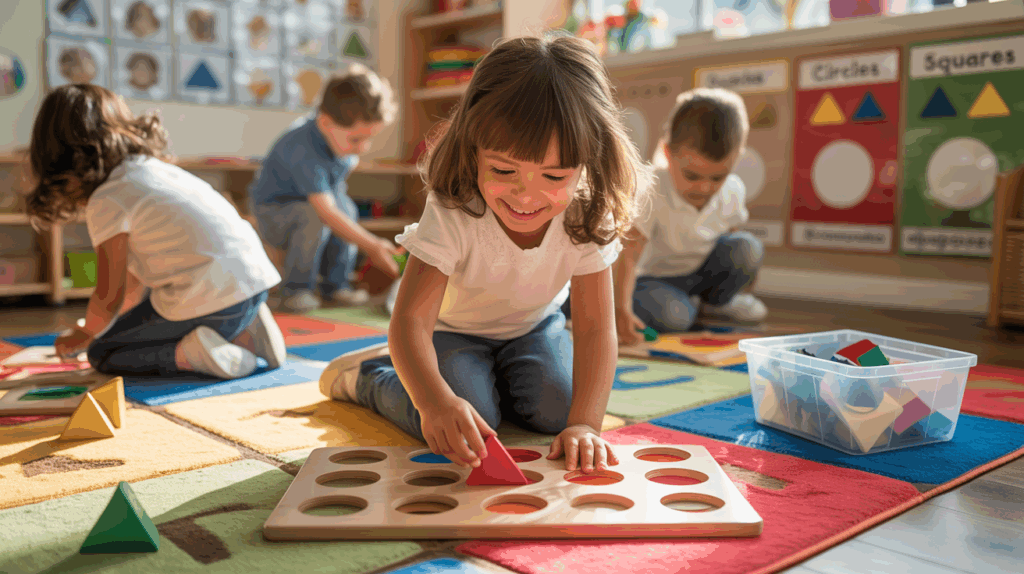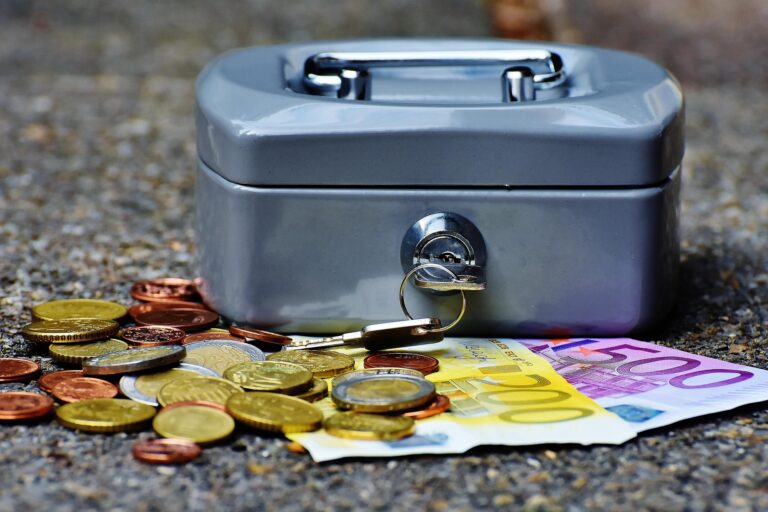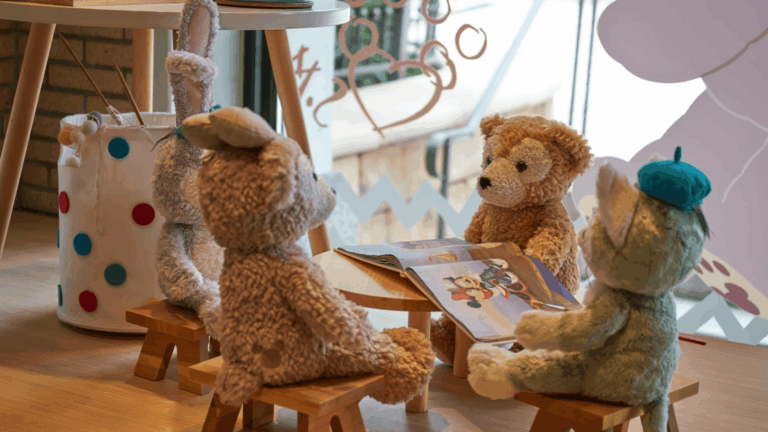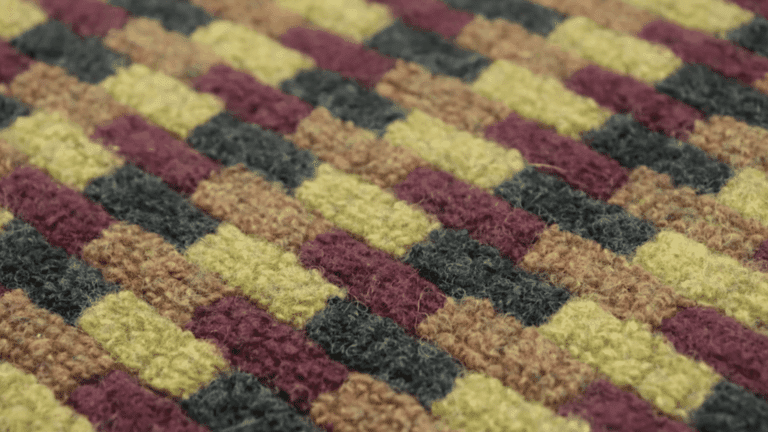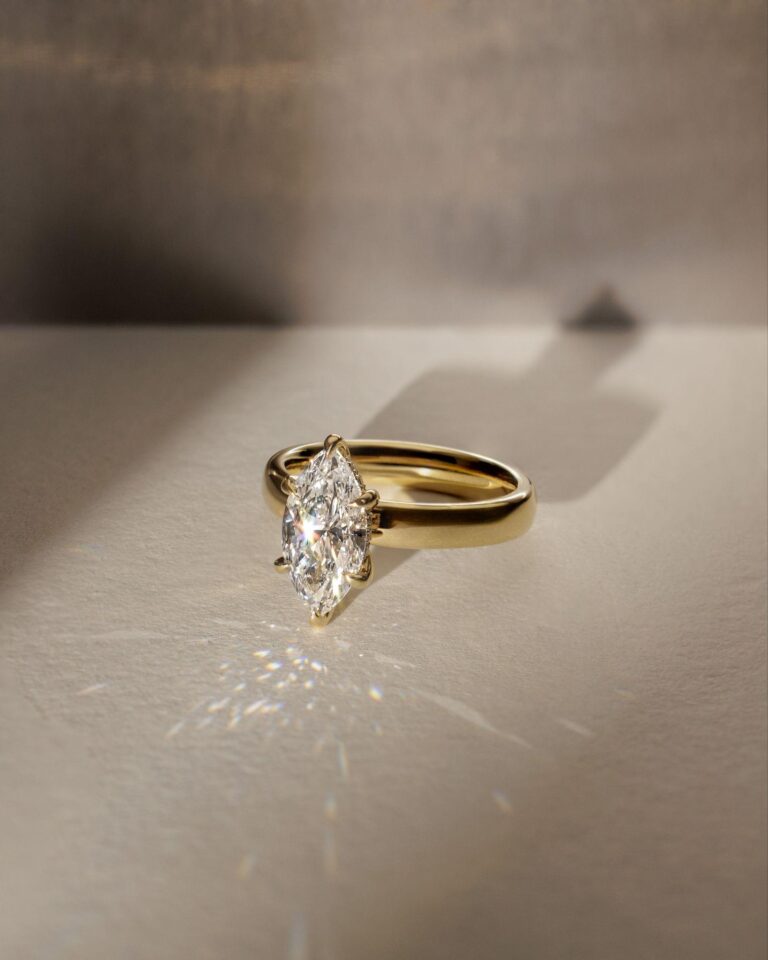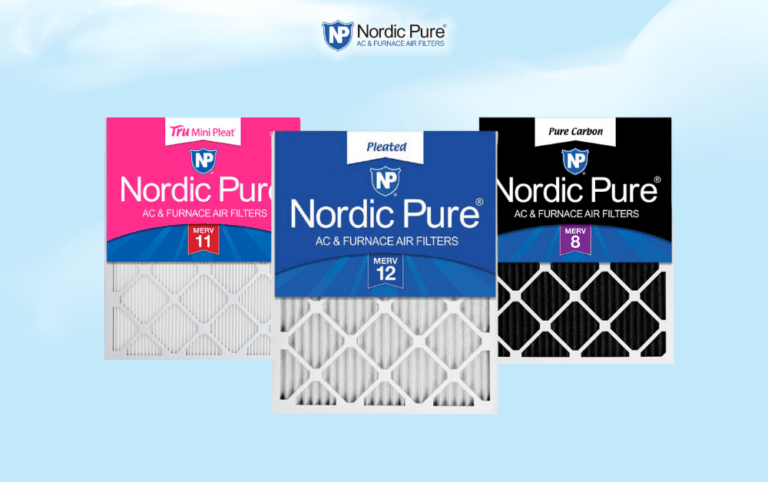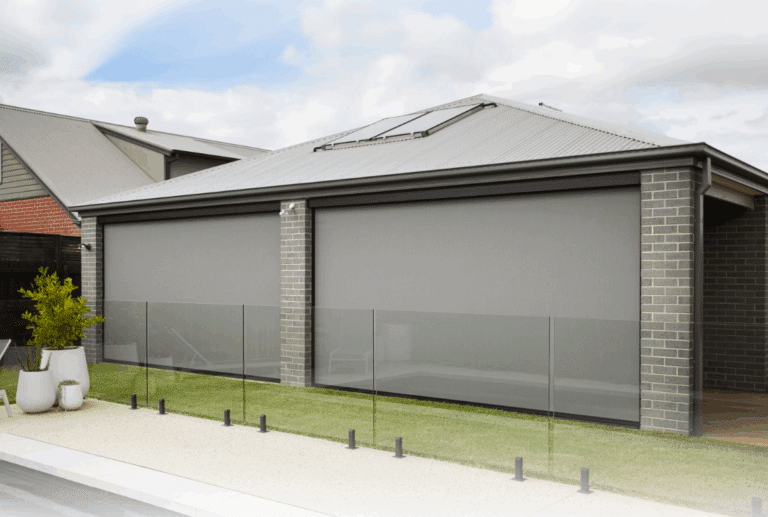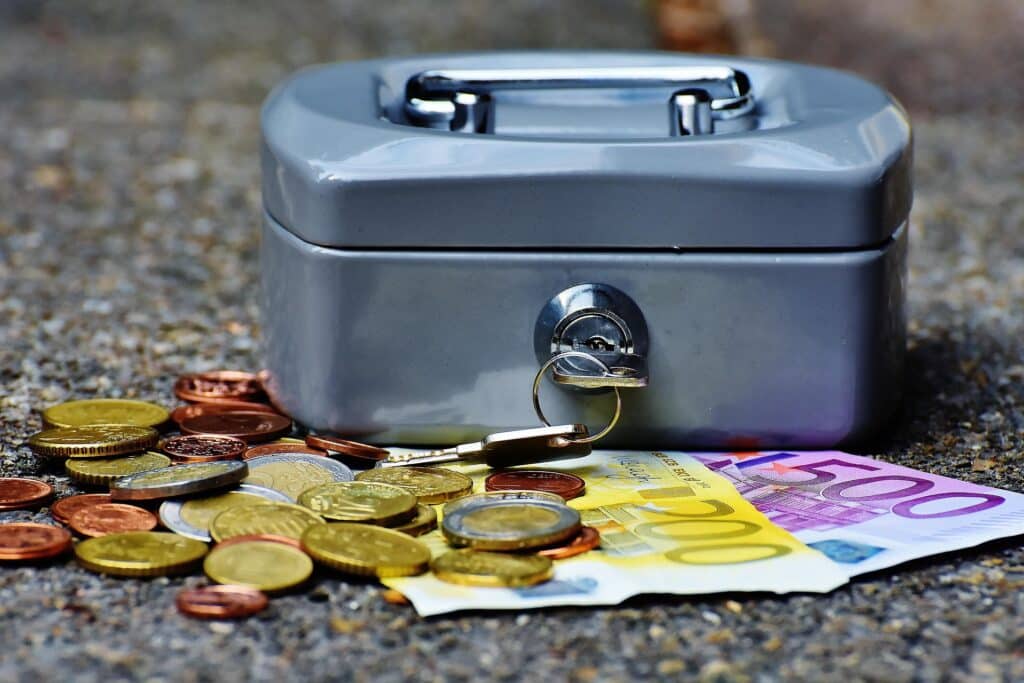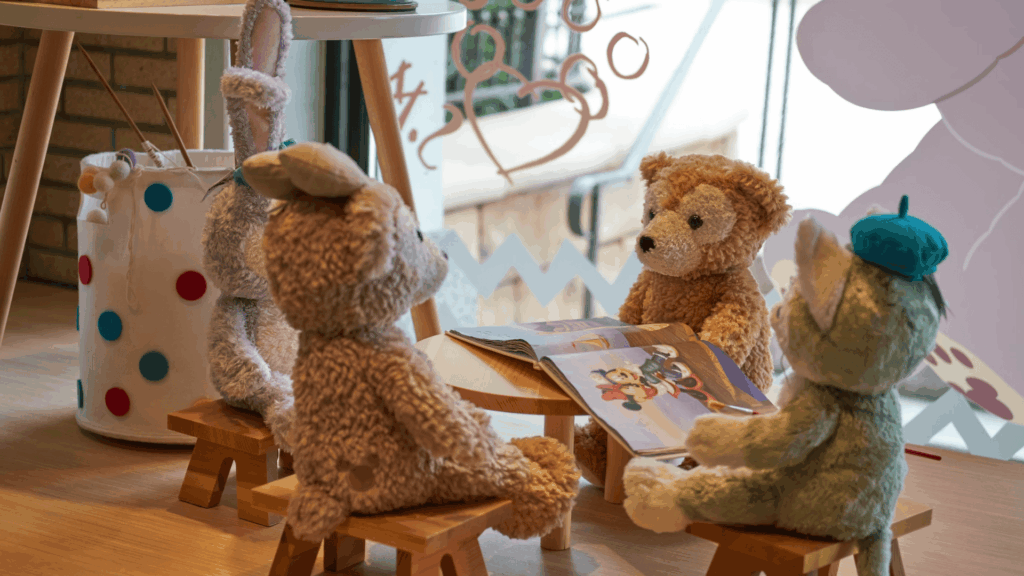Shapes are everywhere! Your little one points at circles, squares, and triangles daily.
But teaching shapes can feel like a challenge. Many parents worry their kids aren’t learning these basic concepts in fun, engaging ways.
We’ve found simple, effective shape activities for preschoolers that work magic with preschoolers. These ideas turn basic shape learning into playtime your child will actually look forward to.
Ready to convert how your preschooler learns shapes? Let’s look at some activities that make shape recognition a joy rather than a task.
What Shapes Should Preschoolers Learn First?
Children start with shapes they can see in their daily life. Most experts suggest a clear sequence for learning.
Four basic shapes serve as foundations: circles, squares, triangles, and rectangles. These appear often in a child’s world, making them easy to spot and remember.
Circles usually come first – they’re simple and common in toys, food, and household items. Squares and rectangles follow with their straight edges found in books and furniture. Triangles, with their three sides, add a bit more complexity.
After mastering these, children can learn ovals, diamonds, and stars. By age three, most children identify 4-6 shapes; by four, they recognize about 8 shapes.
Focus on understanding, not speed. Each child progresses differently.
Fun and Creative Shape Activities for Preschoolers
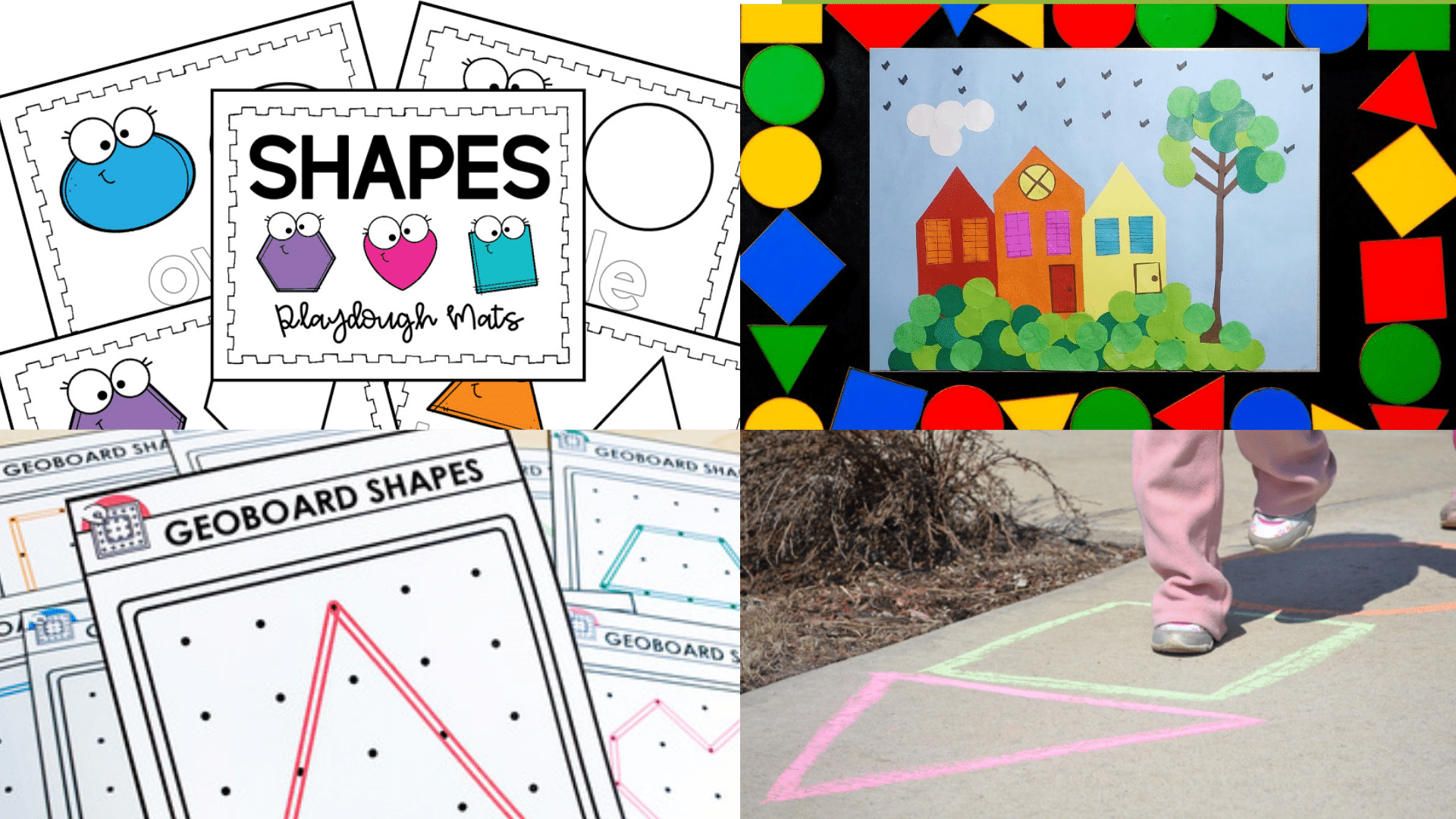
Check out the most interesting hands-on activities designed to help preschoolers understand shapes:
1. Shape Collage Art
Children create collages by assembling various shapes cut from colored paper. This activity enhances their understanding of different shapes and boosts creativity.
How to do it:
- Provide pre-cut shapes or have children cut them out.
- Encourage arranging and gluing shapes onto a larger sheet to form images or abstract designs.
Learning benefits: Enhances fine motor skills, shape recognition, and creativity.
2. Playdough Shape Mats
Using mats with outlined shapes, children mold playdough to fill in the shapes. This hands-on activity reinforces shape recognition and fine motor skills.
How to do it:
- Print or draw shapes on mats.
- Children roll and shape playdough to match the outlines.
Learning benefits: Develops hand-eye coordination and reinforces shape identification.
3. Shape Scavenger Hunt
A game where children search for items matching specific shapes. This encourages observation and reinforces shape identification.
How to do it:
- Create a list or cards with different shapes.
- Children find objects around the classroom or home that match each shape.
Learning benefits: Promotes observational skills and real-world shape recognition.
4. Feed the Shape Monster Game
A playful activity where children “feed” a monster cutout with shapes. This fun game aids in shape recognition and sorting skills.
How to do it:
- Craft a “monster” with an open mouth.
- Children feed the monster shapes based on prompts (e.g., “Feed the monster a triangle”).
Learning benefits: Enhances sorting skills and shape identification.
5. Shape Sorting Sensory Bin
A tactile activity where children find and sort shapes hidden in a sensory bin. This combines sensory play with learning.
How to do it:
- Fill a bin with materials like rice or sand.
- Hide shape cutouts or objects within.
- Children dig through to find and sort the shapes.
Learning benefits: Combines sensory exploration with cognitive skills like sorting and classification.
6. Geoboard Shape Building
Using a geoboard and rubber bands, children create various shapes. This activity enhances spatial awareness and understanding of geometric concepts.
How to do it:
- Provide geoboards with pegs.
- Children stretch rubber bands around pegs to form shapes.
Learning benefits: Develops spatial awareness and understanding of geometric concepts.
7. Shape Hopscotch
A physical game where children hop on shapes drawn on the ground. This combines physical activity with shape recognition.
How to do it:
- Draw various shapes in a hopscotch pattern.
- Call out shapes for children to hop on.
Learning benefits: Combines physical activity with shape recognition.
8. Shape Stamping with Sponges
Children use sponge shapes dipped in paint to stamp patterns. This artistic activity reinforces shape identification and creativity.
How to do it:
- Cut sponges into different shapes.
- Dip into paint and stamp onto paper.
Learning benefits: Encourages creativity and reinforces shape identification.
9. Shape Puzzle Matching
Matching puzzles where children pair shapes with corresponding outlines. This enhances cognitive skills and shape recognition.
How to do it:
- Provide puzzles with various shapes.
- Children match each shape to its outline.
Learning benefits: Enhances problem-solving skills and shape recognition.
10. Nature Walk Shape Hunt
An outdoor activity where children find natural objects resembling specific shapes. This activity connects learning with the environment.
How to do it:
- Create a checklist of shapes.
- During a walk, children look for items matching each shape (e.g., round stones for circles).
Learning benefits: Connects learning to the environment and enhances observational skills.
11. Shape Obstacle Course
An active game where children navigate an obstacle course involving different shapes. This combines physical movement with shape learning.
How to do it:
- Set up an obstacle course with stations featuring various shapes.
- Children perform tasks related to each shape (e.g., jump into a square, crawl through a circle).
Learning benefits: Combines physical movement with shape learning, improving motor skills and shape recognition.
How to Teach Shapes to Preschoolers?
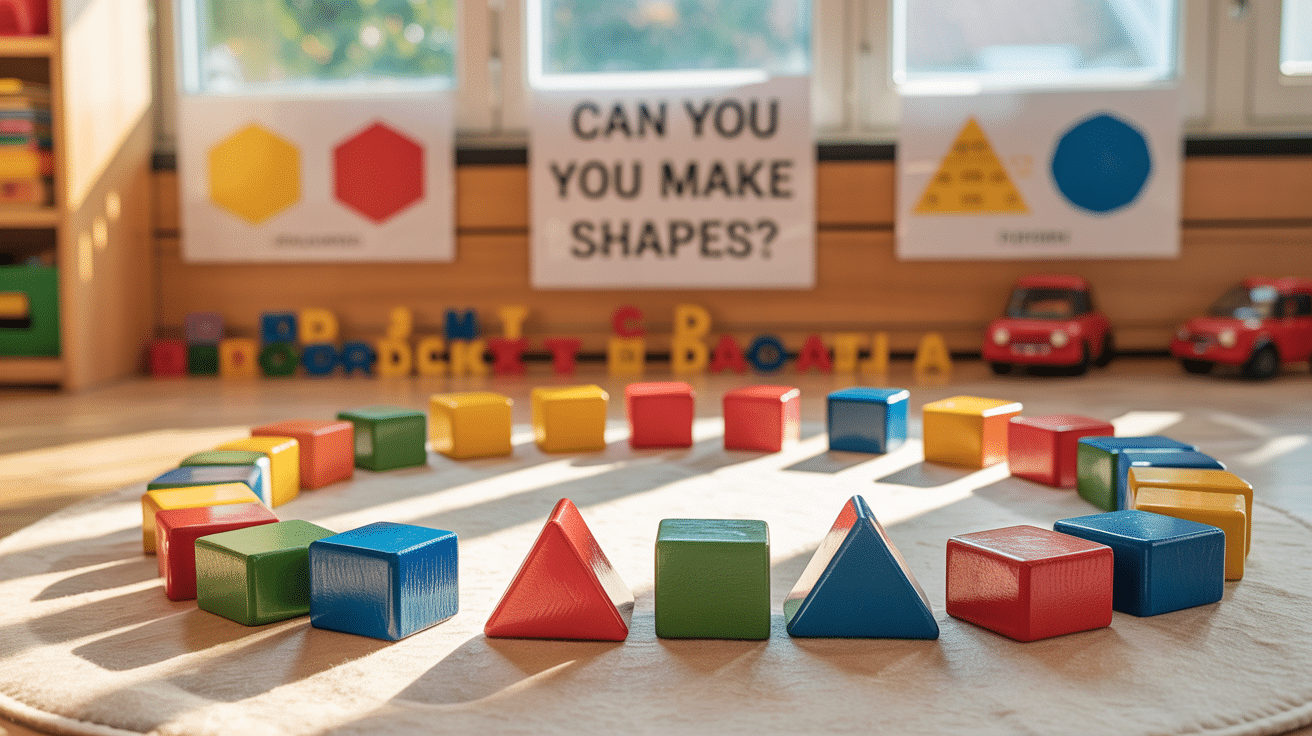
Teaching shapes builds critical thinking skills in young children. Effective methods focus on simplicity and real-world connections.
Implementing engaging shape activities for preschoolers consistently builds a strong foundation for geometric understanding.
Start With the Basics
Begin with circles, squares, and triangles. Introduce one shape at a time using objects children can see and touch.
- Begin with circles, squares, and triangles.
- Use common objects as examples.
- Introduce one shape at a time.
Multisensory Approach
Combine visual, tactile, and movement activities. Children learn faster when using multiple senses to explore shapes.
| Learning Style | Activity Ideas | Benefits |
|---|---|---|
| Visual | Shape books, matching games | Builds recognition |
| Tactile | Clay, texture cards | Enhances memory |
| Kinesthetic | Body shapes, movement | Solidifies learning |
Daily Integration
Point out shapes during regular activities like meals and walks. This casual approach helps children see shapes as part of their world. Point out shapes during meals (like circular plates or rectangular placemats).
Find shapes during walks (such as octagonal stop signs or cylindrical lampposts). Sort toys by shape during playtime to reinforce recognition and classification skills.
Incorporate shape discussions into bedtime stories and morning routines to create consistent exposure throughout the day.
Learning Progression
Start with shape-matching activities, then progress to naming shapes, creating shapes, and finally, advanced shape recognition.
As children’s skills improve, introduce 3D shapes after they understand 2D concepts.
Begin with larger shapes that are easier to handle and identify, gradually introducing smaller shapes as their recognition skills advance.
Common Mistakes to Avoid When Teaching Shapes
Parents often rush into teaching shapes without a clear plan. Most adults assume shape recognition comes naturally to children, but the process requires thoughtful guidance and patience to be truly effective.
- Making activities too complex – Simple is better for young minds. Too many shapes at once can confuse rather than clarify.
- Skipping 3D shapes – Many focus only on flat shapes. Children need to understand that objects have depth, too.
- Not connecting shapes to real life – Kids learn best when they see how shapes exist in their world, not just on paper.
- Ignoring verbal description skills – Children need words to describe what they see. “Round,” “pointy,” and “straight” help them talk about shapes.
- Forgetting to make it fun – Learning stops when boredom starts. Games and play must be the foundation of shape teaching.
With some minor adjustments to teaching methods, parents can help their little ones master shapes more quickly and build a strong foundation for future math concepts.
The Bottom Line
The most effective shape activities for preschoolers work best as play, not work. Mix recognition with creation and use all senses to help children grasp these basic concepts.
Keep sessions short, focus on one shape at a time, and find examples in everyday objects. Avoid overcomplicating activities or ignoring 3D shapes.
Each child has their own pace. When children learn shapes through fun, hands-on shape activities for preschoolers, they build skills that support future math, reading, and spatial thinking. Simple, consistent practice creates the strongest foundation for success.


